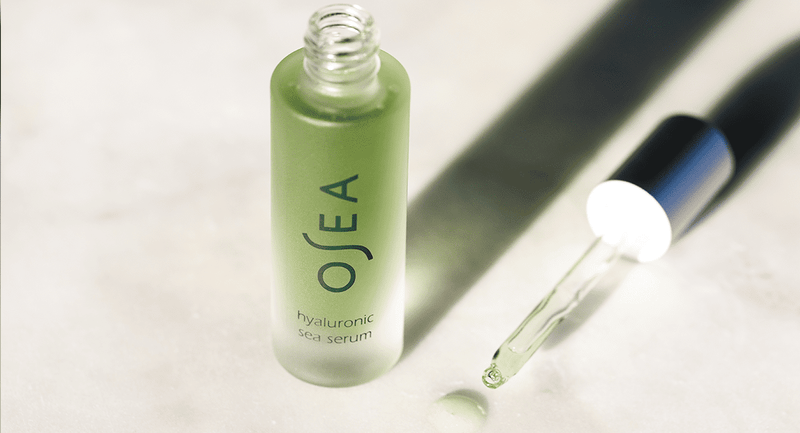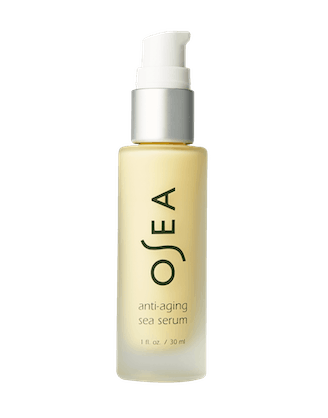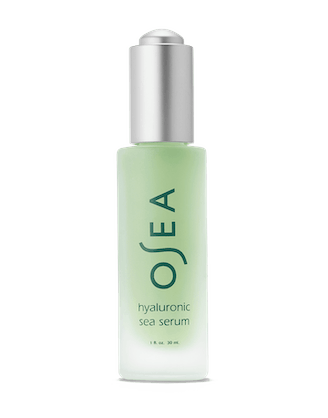If you dream of maintaining smooth, youthful skin for years to come, you’re probably looking for the best products to add to your skincare routine. Sodium hyaluronate and hyaluronic acid are two popular ingredients that beauty enthusiasts swear by. Beyond the fancy-sounding names are super-nourishing ingredients that you can find in countless cleansers, toners, serums, and moisturizers.
You might be wondering: Are they different? Is one more effective than the other? Below, we’ll explore the differences between hyaluronic acid and sodium hyaluronate and how they benefit your skincare routine.
Hyaluronic Acid
Hyaluronic acid (HA) is a naturally occurring substance found in your skin, connective tissues, eyes, and joints. It’s a humectant, meaning it pulls moisture from its surroundings and keeps it at the surface of your skin. That makes it essential for maintaining and boosting hydration, which helps keep your skin soft, plump-looking, and nourished.
With these benefits, it’s no surprise that this ingredient is the star of many skincare products, like our Seabiotic® Water Cream. With the help of seaweed and a microbiome-friendly pre and probiotic, this light water cream will leave your skin radiant and silky.
If you need another reason to love HA, its anti-aging properties will help reduce the appearance of wrinkles, sagging, and fine lines. It’s a must for anyone’s skincare routine.
Sodium Hyaluronate
You’ll often see hyaluronic acid and sodium hyaluronate (SH) used interchangeably—that’s because SH is derived from HA. Sodium hyaluronate is the extracted sodium salt form of HA1.
Still, there are some key differences the keen skincare enthusiast should note. For one, SH has a lower molecular weight. That means it’s small enough to go deeper, past the top layer of the skin, to provide the kind of nourishment and hydration usually reserved for the top layer.
Sodium hyaluronate is also more stable and less likely to oxidize. Oxidation can change the color, consistency, and potency of the products, making them less effective. This is basically what happens when skincare products expire. If your products feature SH, their moisturizing effects may last longer2.
Use the Anti-Aging Sea Serum to keep your skin looking smooth and youthful. This serum does it all, supporting your skin’s moisture barrier, promoting a balanced complexion, improving elasticity, and reducing the appearance of wrinkles.
Eliminate dryness and finish off your routine with our rich, ultra-nourishing Undaria Algae™ Body Butter for 72 hours of hydrated skin.
Which One Should You Use?
But wait — if sodium hyaluronate can do just about anything HA does, but below the surface, do you really need hyaluronic acid? Yes! Ideally, you should be using both ingredients.
HA and SH work together for comprehensive hydration. The larger molecules of hyaluronic acid stay at the surface of the skin to retain moisture, while sodium hyaluronate travels below to moisturize the deeper layers of the skin. They both help with water retention, which helps fight signs of aging. Both can be used at once to give you hydrated, healthy-looking skin.
Many skincare products combine the two to get the best of both worlds, like our Hyaluronic Sea Serum. This sodium hyaluronate and hyaluronic acid serum absorbs quickly, restores and retains moisture, and softens the appearance of fine lines and wrinkles.
For lasting hydration and glowing skin, look for cleansers, toners, serums, and moisturizers containing HA, SA, or both. With these two powerhouses in your skincare lineup, you can look forward to a life of healthy, irresistibly smooth skin.
Citations:
1. Mikulec, K. (22 November 2021). Sodium Hyaluronate vs Hyaluronic Acid: Differences, Benefits, Skin Care Uses. DermCollective. Retrieved on April 21, 2023, from
https://dermcollective.com/sodium-hyaluronate/
2. Shunatona, B. (16 November 2022). Everything You’ve Ever Wanted to Know About Sodium Hyaluronate. Byrdie. Retrieved on April 21, 2023, from
https://www.byrdie.com/sodium-hyaluronate-4706021




